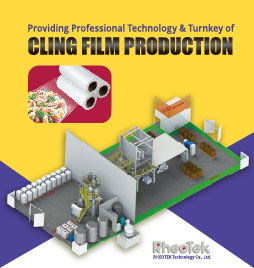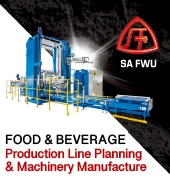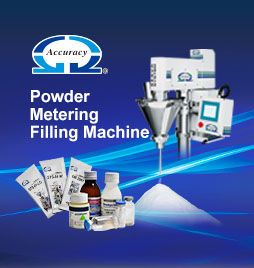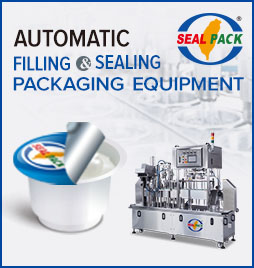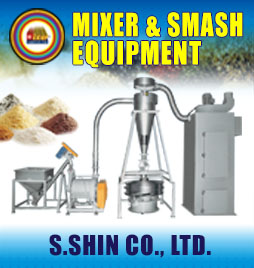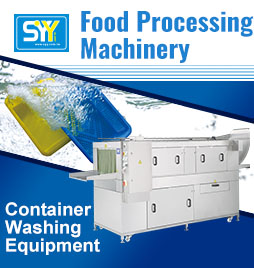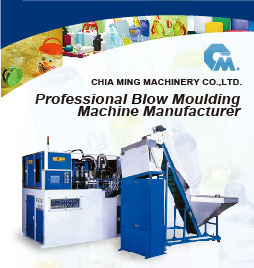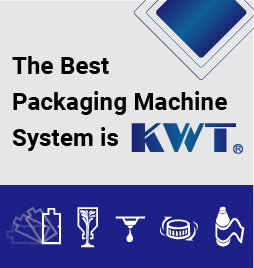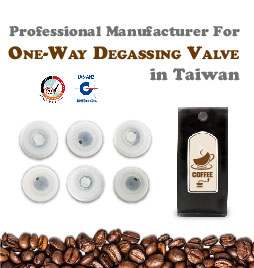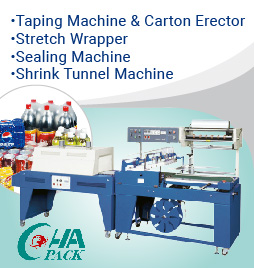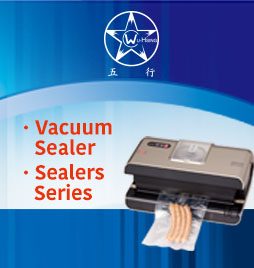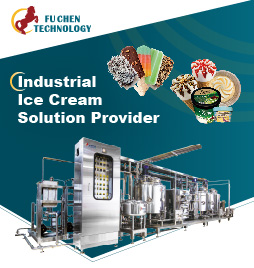PACKAGING and the differentiation on the shelf
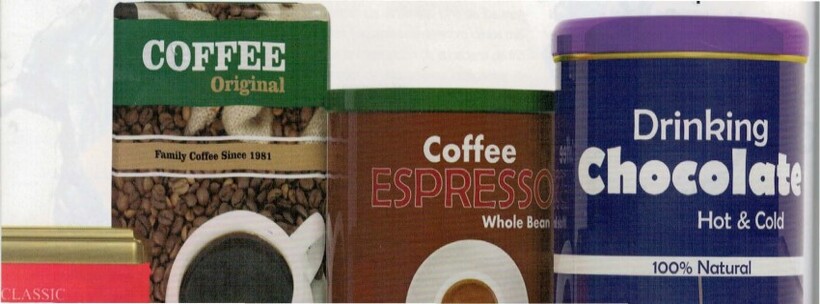
It is obvious that today's consumers lead an accelerated lifestyle, demand more and more healthy products, products of quality and at a good price, and which, of course, are friendly to the environment. The question is: how much time does a vendor have in the supermarket to be able to offer the consumer all the benefits and characteristics of a product? The answer is: "there is no time". -Sonia Ibarreche
* Marketing Manager of the Mexican Association of Packaging (AMEE) – [email protected]
The new generations do not have the time to try something, and their lifestyles do not adapt with the products they find on the market. For the container and packaging industry, this has been a great challenge. And as a result of changes in consumer habits, packaging is being developed that captures the attention of the consumer in just a few moments (3 seconds).
Currently, many of the packages have been developed for individual portions, and this is a trend that has been maintained and moves the market, since consumers are looking for something they can take and leave the store quickly. It is a situation that has increased the demand for packaging to control the portions, which are consumed. But this is just a solution of the world of possibilities that can be worked on with packaging.
If manufacturers want to win and survive the battle on the shelves, they must understand the consumer and develop innovative packaging. Companies have to move quickly to ensure that their products not only occupy the best location on the shelves in supermarkets but are there before the competition is ahead. The battle to achieve the best place is not only waged in the aisles in a supermarket, but in the house of consumers as well, that is, where the end user is, because he is the one who will use it, he will try and in the best of cases he will identify with it.
That is why the container or packaging has been called the silent vendor, since it is the one that has to steal the attention of the consumer, captivate it with its image, design and ergonomics. Convince the consumer through its label, its features and benefits and better yet make an experience of unrivaled use that allows its repeated purchase.
In the search that a container has a differentiation from the competition on the shelf, so it will win the battle. It is recommended to take into account the following strategies:
-Belonging- Much has been talked about sensory marketing (sight, taste, smell, hearing and touch) and the importance of being able to include a mixture of attributes in the products, which allows it to sensually call the attention of the consumer. The mission of the sensory messages is to create an emotional bond that, when integrated with a container, can generate an incomparable user experience. And it is at this point where a bond of belonging for the consumer is created; the products are looked for, not only because of their characteristics, but also because of the past experience that we remember the users. As long as this has been favorable, we want these things because they help us to feel good, and to belong to a group. It is not just the product, but what it already means of which it reminds us.
-Influence-In a society where technology is an integral part of our daily lives, we are constantly being influenced by technology and by those who use it. The use of social networks is indispensable information for the current consumer. Time and space are used, but it has also become a tool for information, comparison and offers. The recommendation is digital power, in the media, where my market is moving, and most importantly, where it generates content of interest, where positive advertising messages are sent, which influence the consumer with respect to their persuasion of the product. Use these means to locate our presentations (physical) and benefits such as recipes, success stories, etc.
-Interaction-The product, consumer and the medium must be related to each other, which will always be a strategy that will be maintained. You must understand and know the product perfectly, but you must also know the consumer, if you require what we offer, and finally what are the means, by which we know to know. How many products do not go to the supermarket without telling the consumer that they can find it? Or, on the contrary, the one that announces its launch with a hype and cymbal, and while searching for it, the consumer cannot find it.
-Design- We are all attracted by the new. Behind every innovation, there is a design and development effort. The packaging design will always seek to improve the quality and experience of use without neglecting the already identified needs of its consumer. But it is also about formulating unimagined desires. The design is accompanied by surprise, revelation: changing formats and breaking paradigms are strategies that have allowed products to look different (images), with the same characteristics that initially offered to the consumer. The design is not just about the decoration of a container or packaging, the design is the essence that captivates the view and encourages the purchase. To maintain attention, it is constantly necessary to revive it each time. A small change, cap form, typography, color, etc., since they mark the difference and even the tendency.
Transmitting and selling through a container is not only creativity: it is to integrate all the elements: images, shapes, senses, technology, etc., but mainly experiences, which allow us to generate a bond of loyalty with the consumer. Times always change, but now more than ever speed is how ideas, trends and products emerge and disappear is greater than ever before. Technology has become a trigger for different attitudes in the consumer and in the way in which it relates, knows and appropriates the products. Going into this world of differentiation means opening our eyes, our ears and our minds to new experiences, new alternatives, just as millions of people are doing to where we want to go.

